Kövesd church ruin
Location
Aszófő
Date of construction
13th century
Year of restoration
2023
Category
Other facilities
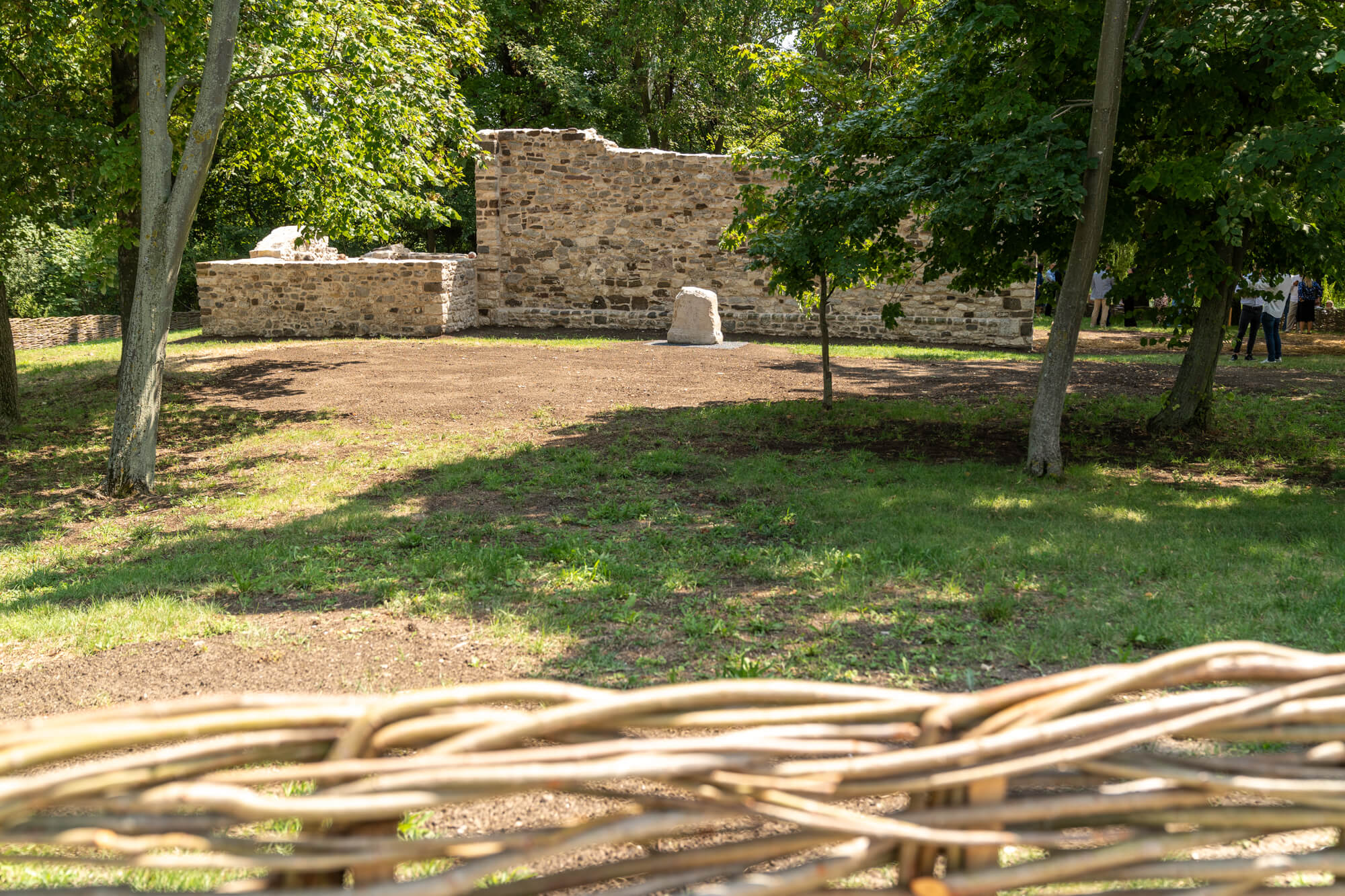
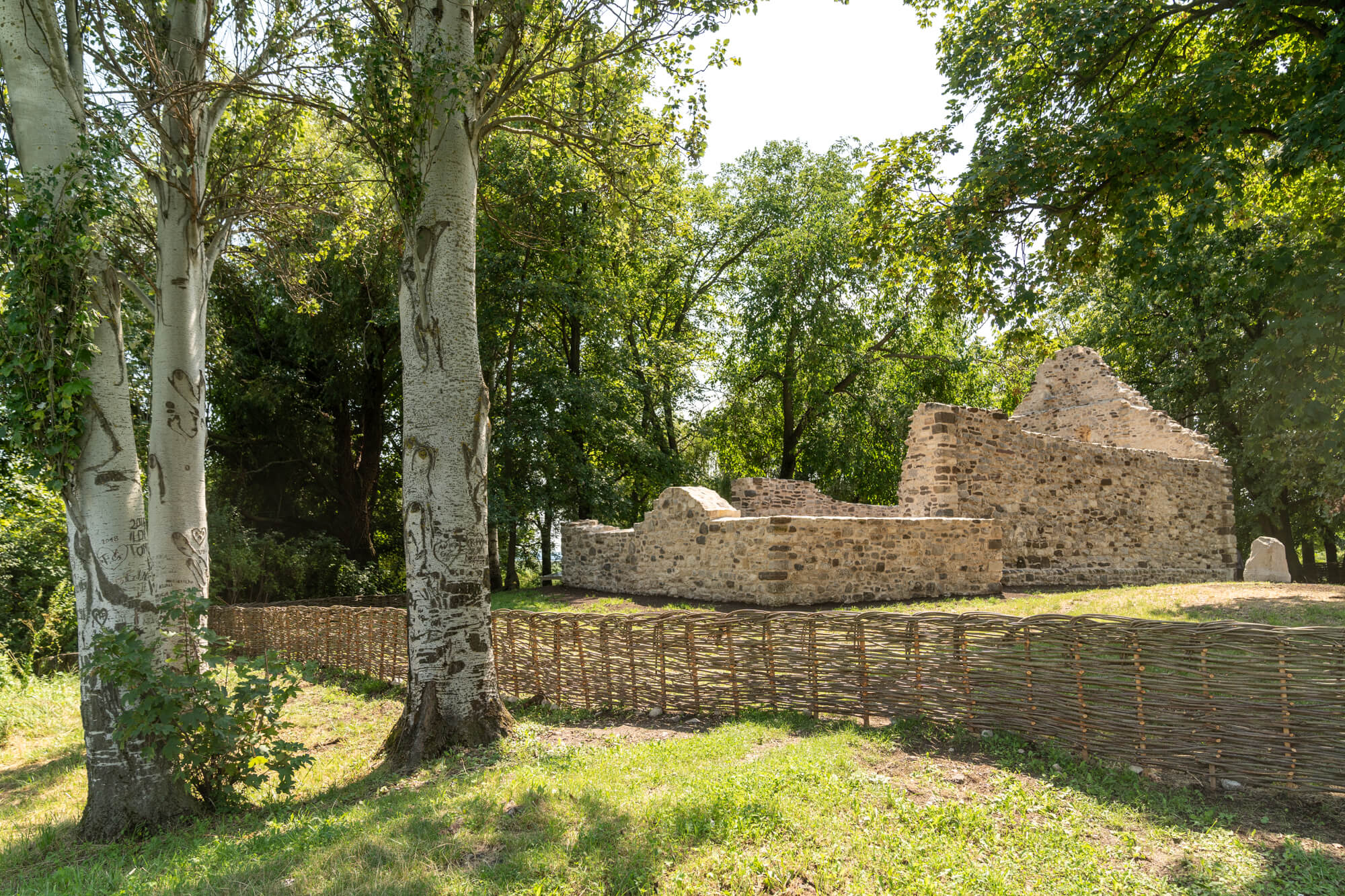
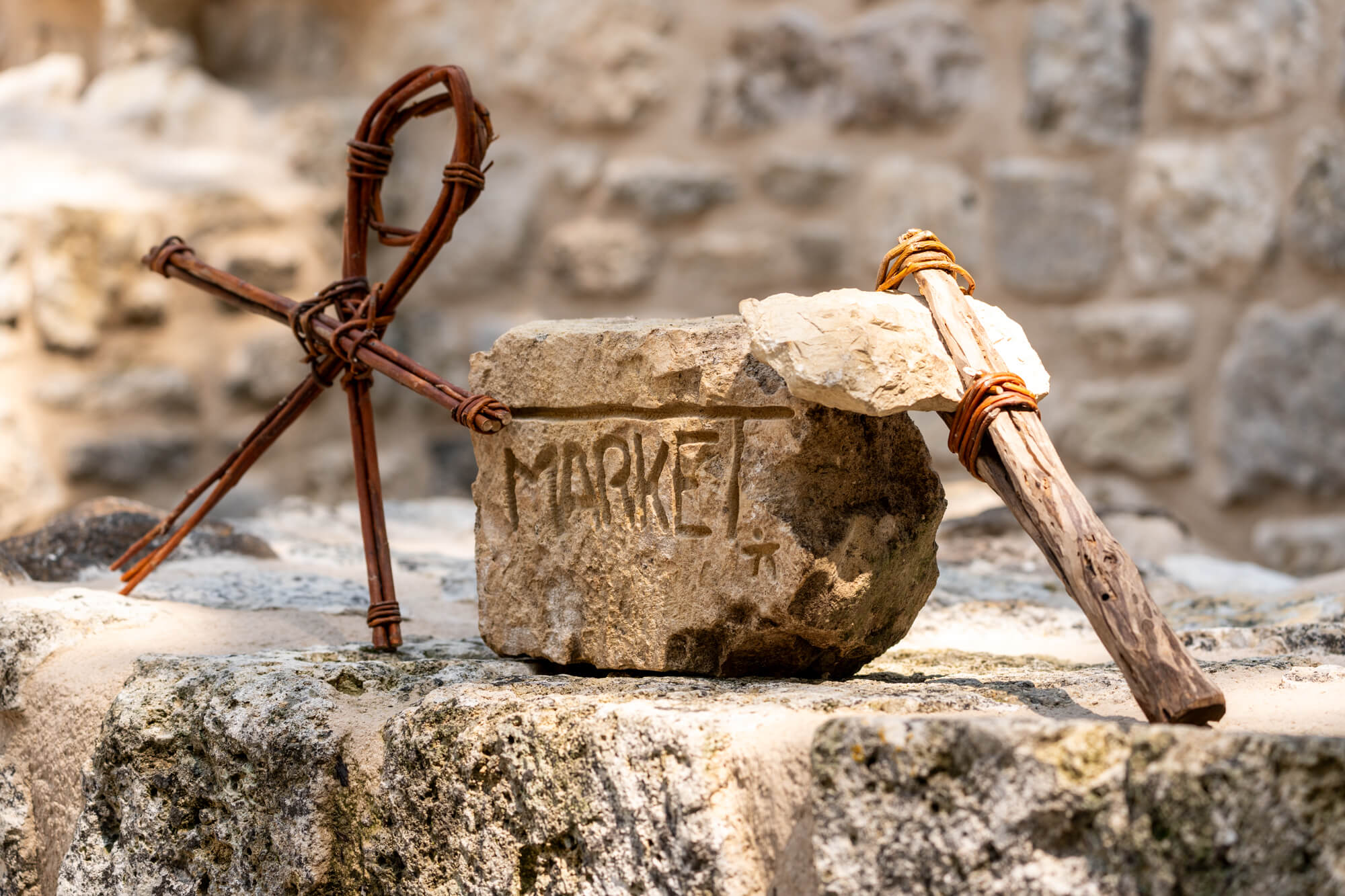
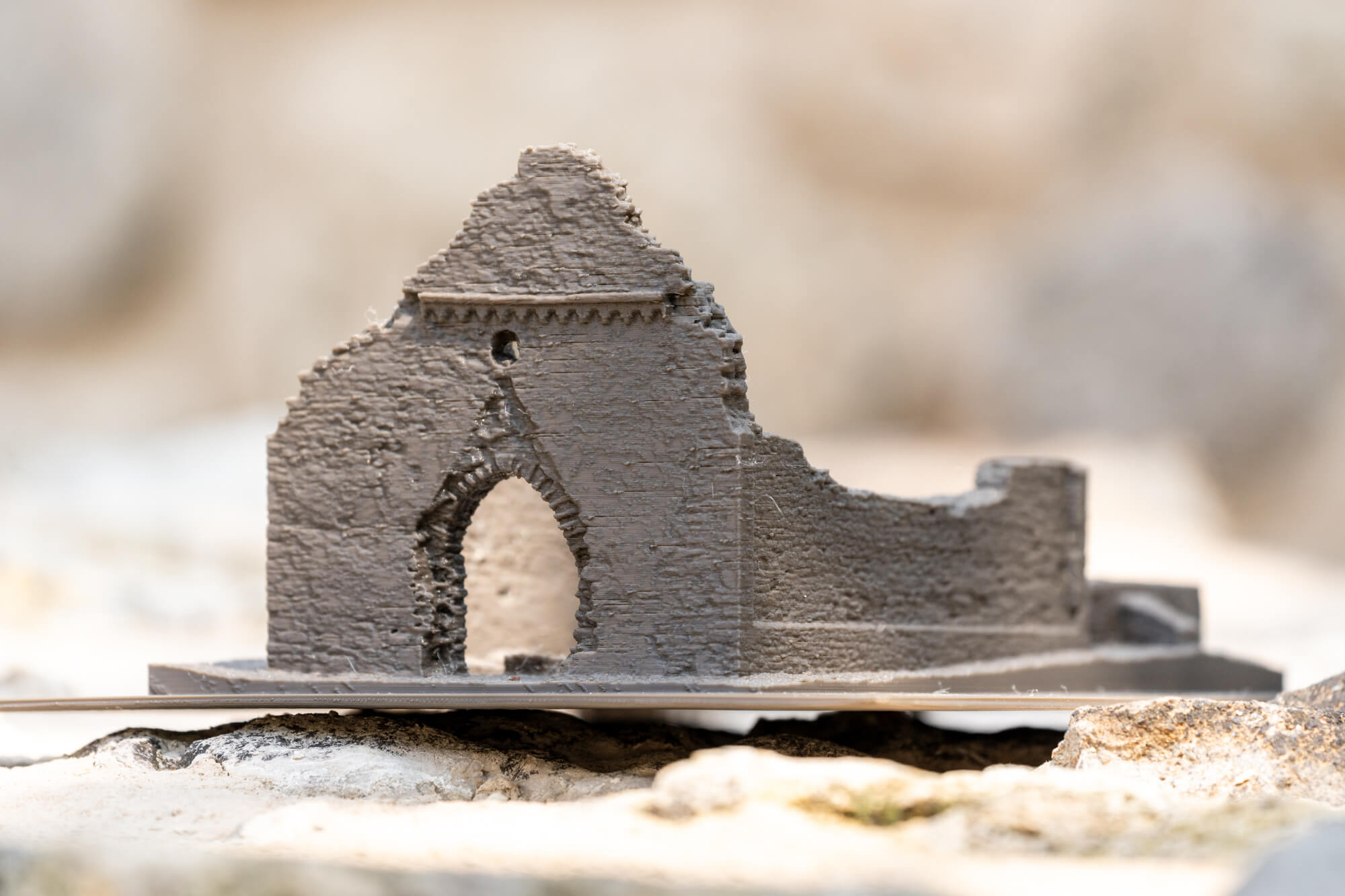
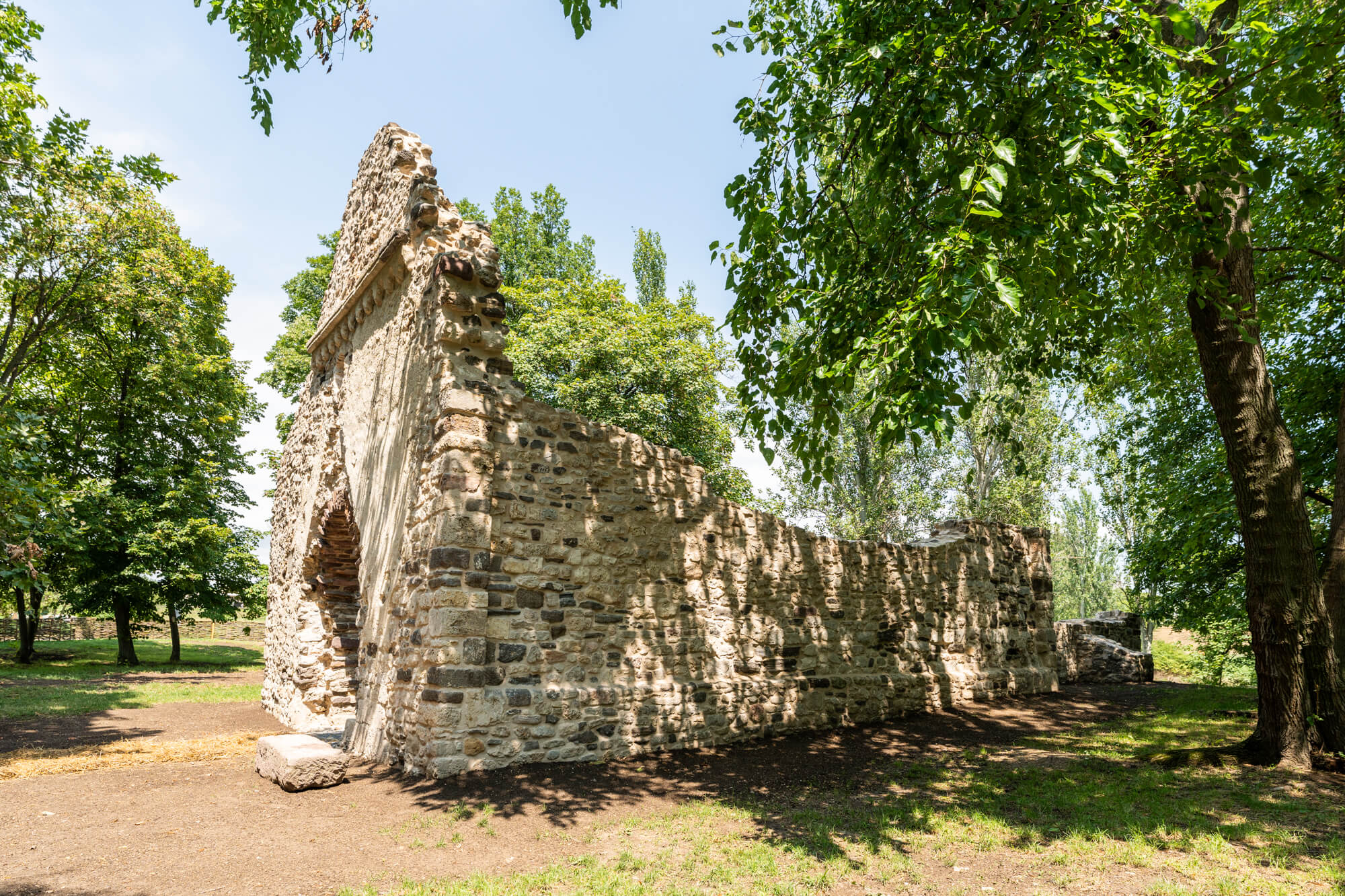
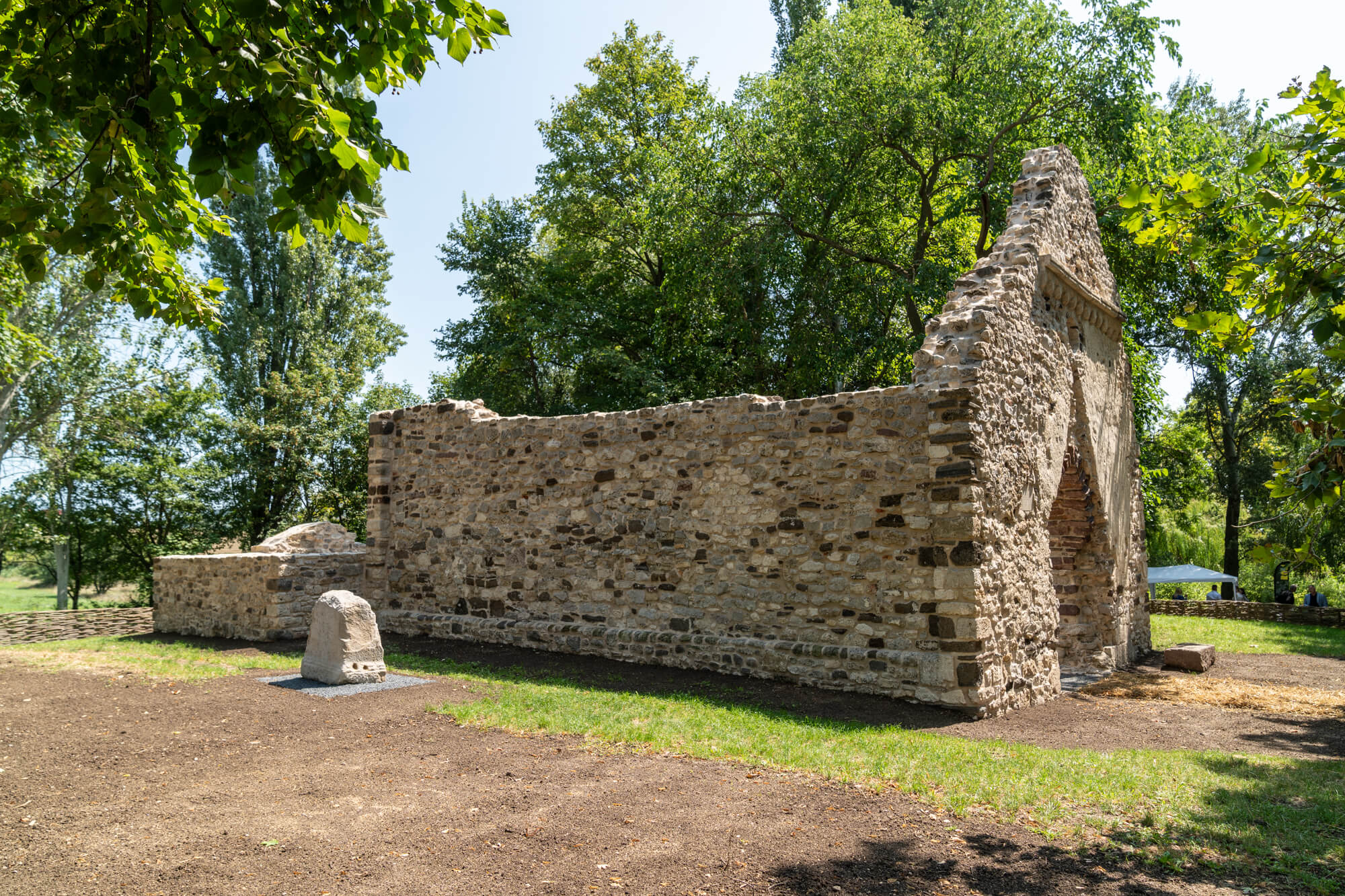
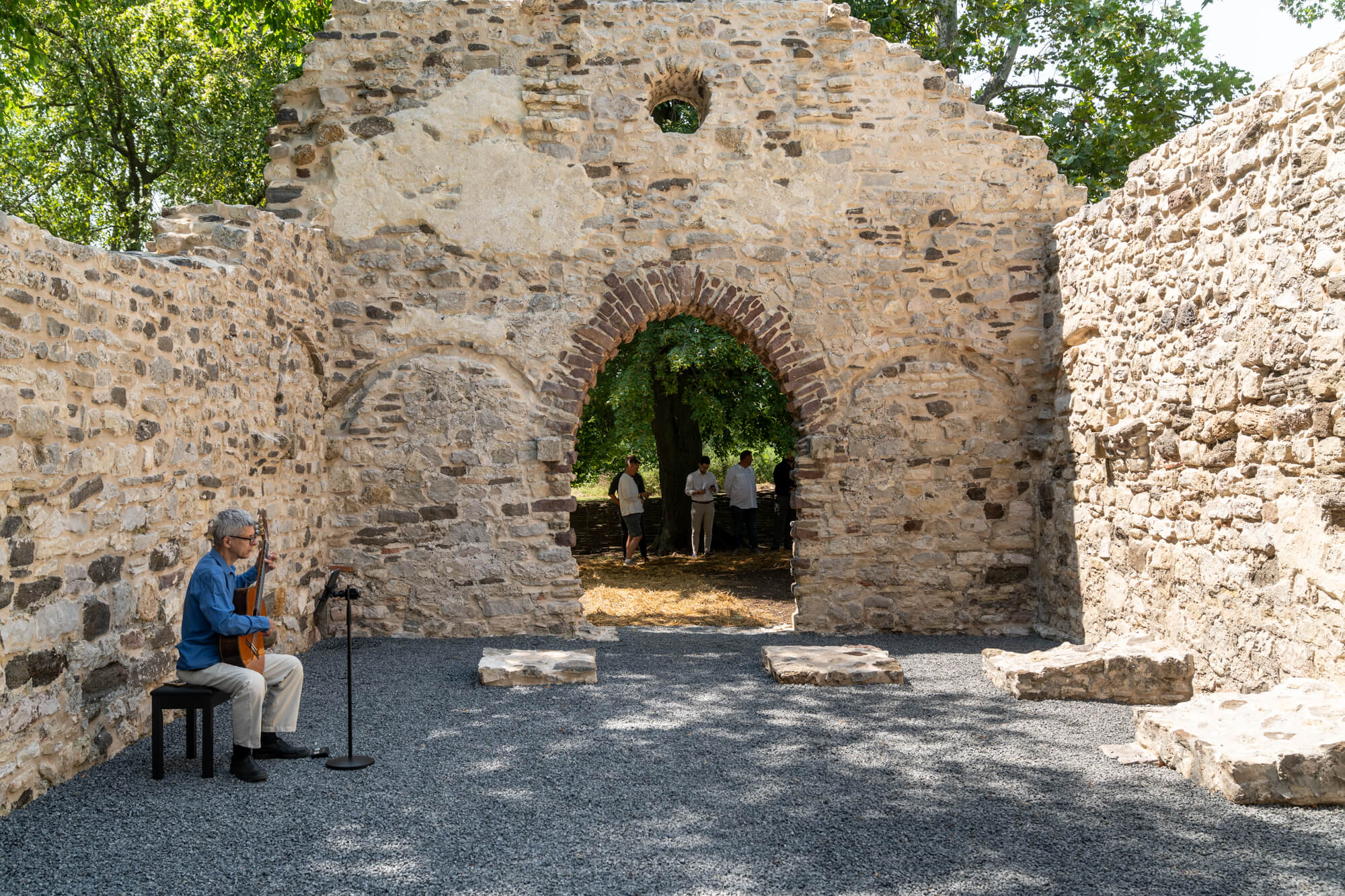
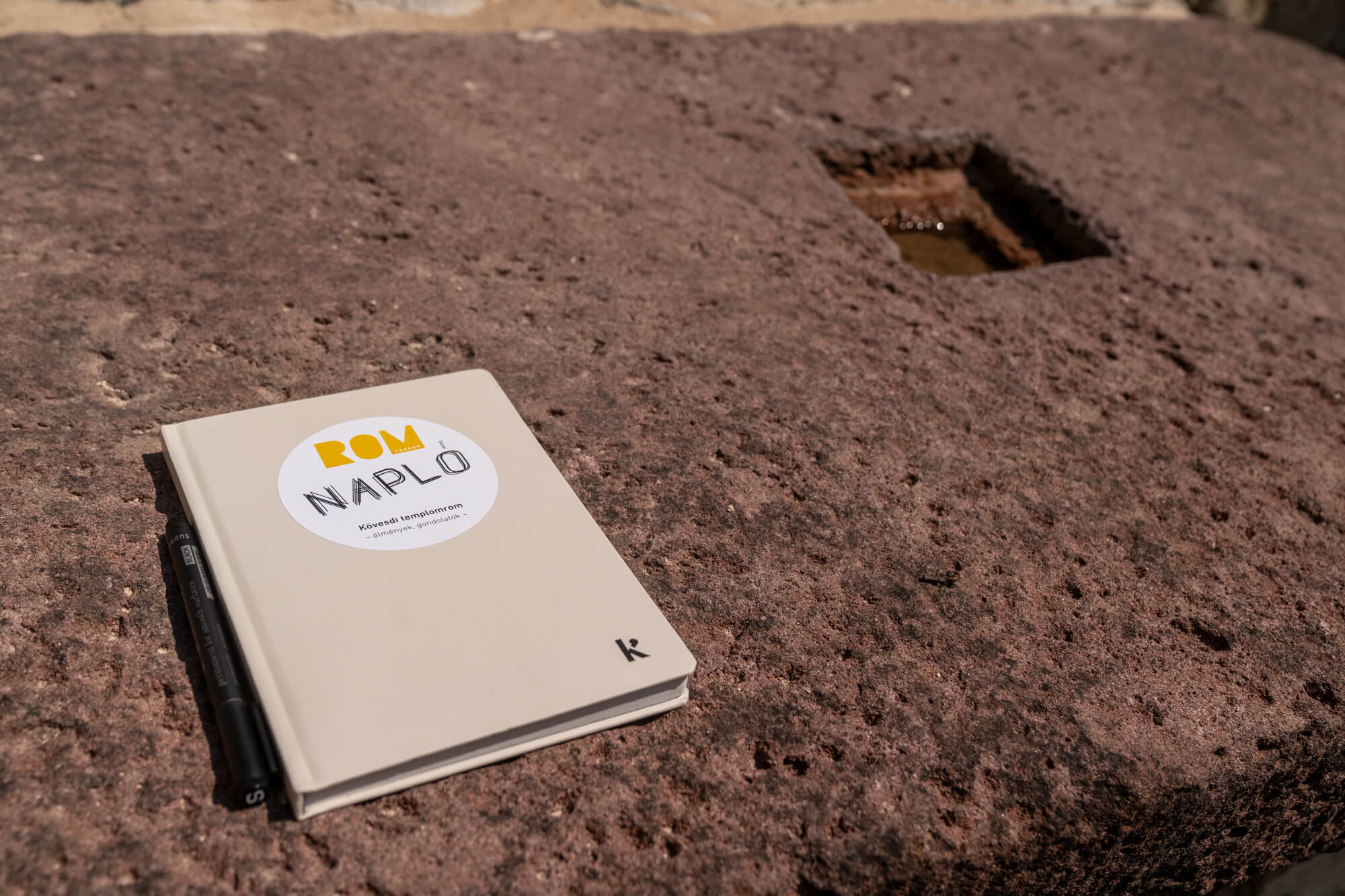
Market Építő Zrt.’s social responsibility programme, the ROM Vándor (Ruin Rover), seeks to preserve and safeguard the structural integrity of the many smaller church and monastic ruins scattered across Hungary, to enhance their surroundings, and to present their historical value in a dignified manner. As the programme’s second milestone, the Kövesd church ruin was restored in 2023. It stands on the outskirts of the village of Aszófő, on the shores of Lake Balaton, enfolded by a picturesque, protected natural reserve. The poplar-lined access road, the sweeping Balaton panorama, and the harmony of the surrounding landscape lend a singular atmosphere to this built heritage, which has stood for more than seven and a half centuries.
The ruin dates from the thirteenth century: a single-naved, eastward-oriented church with a straight sanctuary closure, constructed upon the remains of a Roman villa. Its heterogeneous masonry incorporates some fourteen types of stone: basalt, basalt tuff, limestone, dolomite, and sandstone, alongside re-used Roman carved elements and medieval bricks. The impression of its once-ornamented, recessed portal, its circular window, and fragments of the original arcaded cornice remain clearly discernible to this day.
In preparation for restoration, geophysical surveys confirmed the trace of the church’s surrounding wall and revealed the foundations of the former Roman villa, extending some 120 by 65 metres. This included an apsidal reception hall and a bathhouse with hypocaust heating. The research illuminated a remarkable architectural continuity: the medieval church was erected precisely upon the site of a Roman triconch building.
The restoration sought to achieve the technical renewal of the ruin, the preservation of its aesthetic and historical value, and its discreet completion with contemporary, restrained interventions. The decayed walls were rebuilt with original stones, bonded with heritage mortar, applying the method of “programmed anastylosis”. Surviving medieval plasters were restored, and the stones of the arcaded cornice were stabilised.
At the heart of the project lay the concept of the “path of light”: at the spring and autumn equinoxes, the sunlight passing through the circular window in the west façade strikes the main altar. This phenomenon is rendered visible by a metal-ringed window insert and a marked altar position, evoking the sacred role of light. Within the interior, bespoke artificial-stone benches and candleholders have been placed, while in the sacristy, a ruin chronicle crafted of stone dust preserves the personal messages of visitors.
As part of the landscaping works, the Roman altar stone was returned to its original place. The outline of the church’s enclosure wall is now indicated by a hand-crafted, 160-metre-long traditional woven wattle fence. This once again separates the sacred domain from the profane world, reinforcing the historical message of the site.
Nearly thirty employees and volunteers of Market Építő Zrt. took part in the works, assisting with the construction of the wattle fence and the landscaping. Through workshops, they also gained insight into the traditional crafts of wattle weaving and stone carving.
The preservation of the Kövesd church ruin was not solely a technical undertaking, but also an act of community value creation: the spirit of the place, the message of light, and the nearly eight-hundred-year-old architectural legacy together speak to pilgrims, hikers, and visitors to the Balaton Uplands alike.

